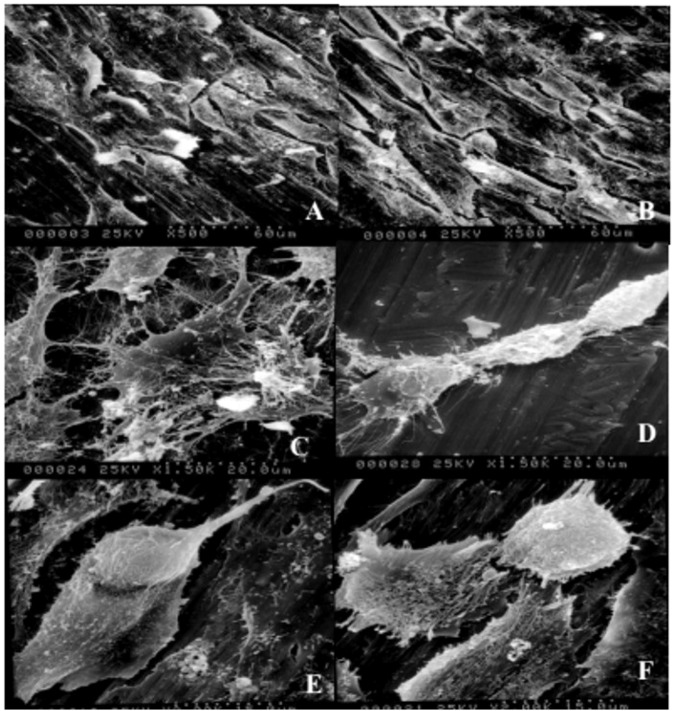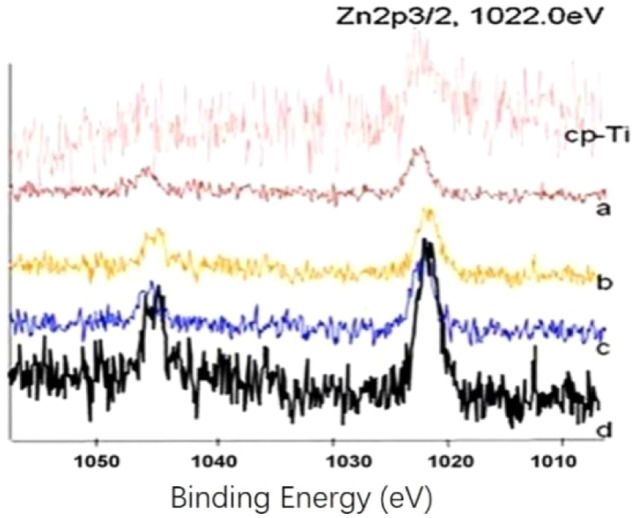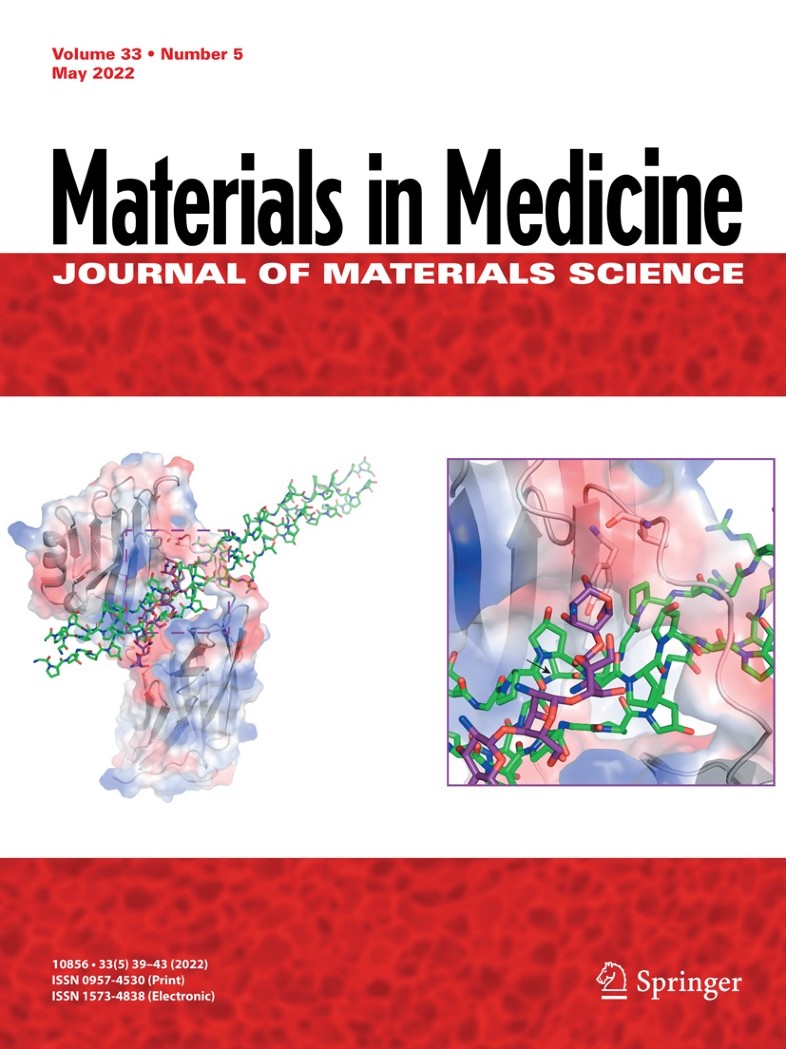Incorporating zinc ion into titanium surface promotes osteogenesis and osteointegration in implantation early phase
Abstract
The objective of this study is to further investigate the feasibility of Zinc–Titanium implant as a potential implantable material in oral application in aspects of osteoblast biocompatibility, osteogenesis and osseointegration ability. First, we used plasma immersion ion implantation and deposition (PIIID) technology to introduce Zinc ion into pure Titanium surface, then we used X-ray photoelectron spectroscopy to analyze the chemical composition of modified surface layer; next, we used in vitro studies including immunological fluorescence assay and western blotting to determine responses between MG-63 osteoblast-like cell and implant. In vivo studies adopted pig model to check the feasibility of Zn–Ti implant. Results showed that in vitro and in vivo were consistent, showing that Zn ion was successfully introduced into Ti surface by PIIID technique. The chemical and physical change on modified plant resulted in the more active expressions of mRNA and protein of Type I collagen in MG-63 cells compared with non-treated implant, and the better integration ability of bones with modified implant. We confirmed the Zn–Ti implant owns the ability in promoting osteogenesis and osteointegration in early phase of implantation and is a qualified candidate in dentistry. The overview of our study can be depicted as follows.
Graphical Abstract




 求助内容:
求助内容: 应助结果提醒方式:
应助结果提醒方式:


